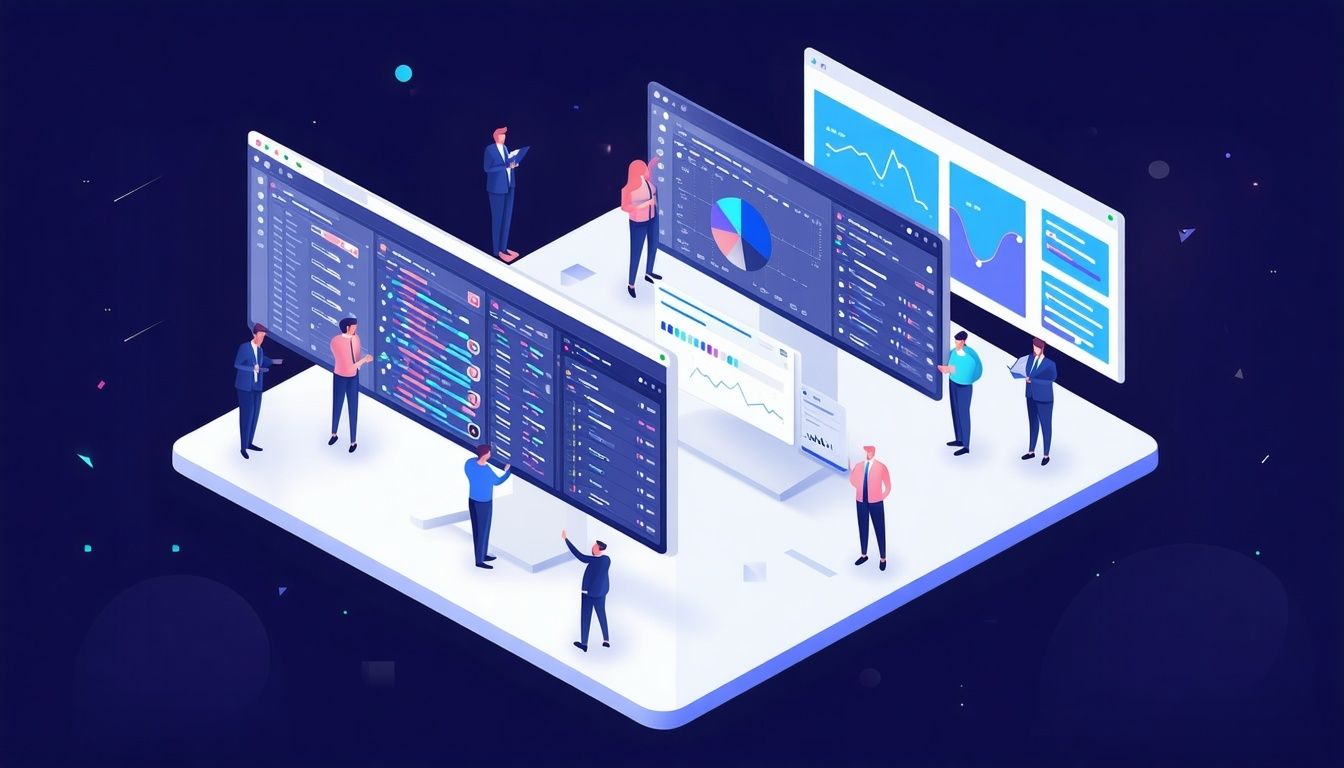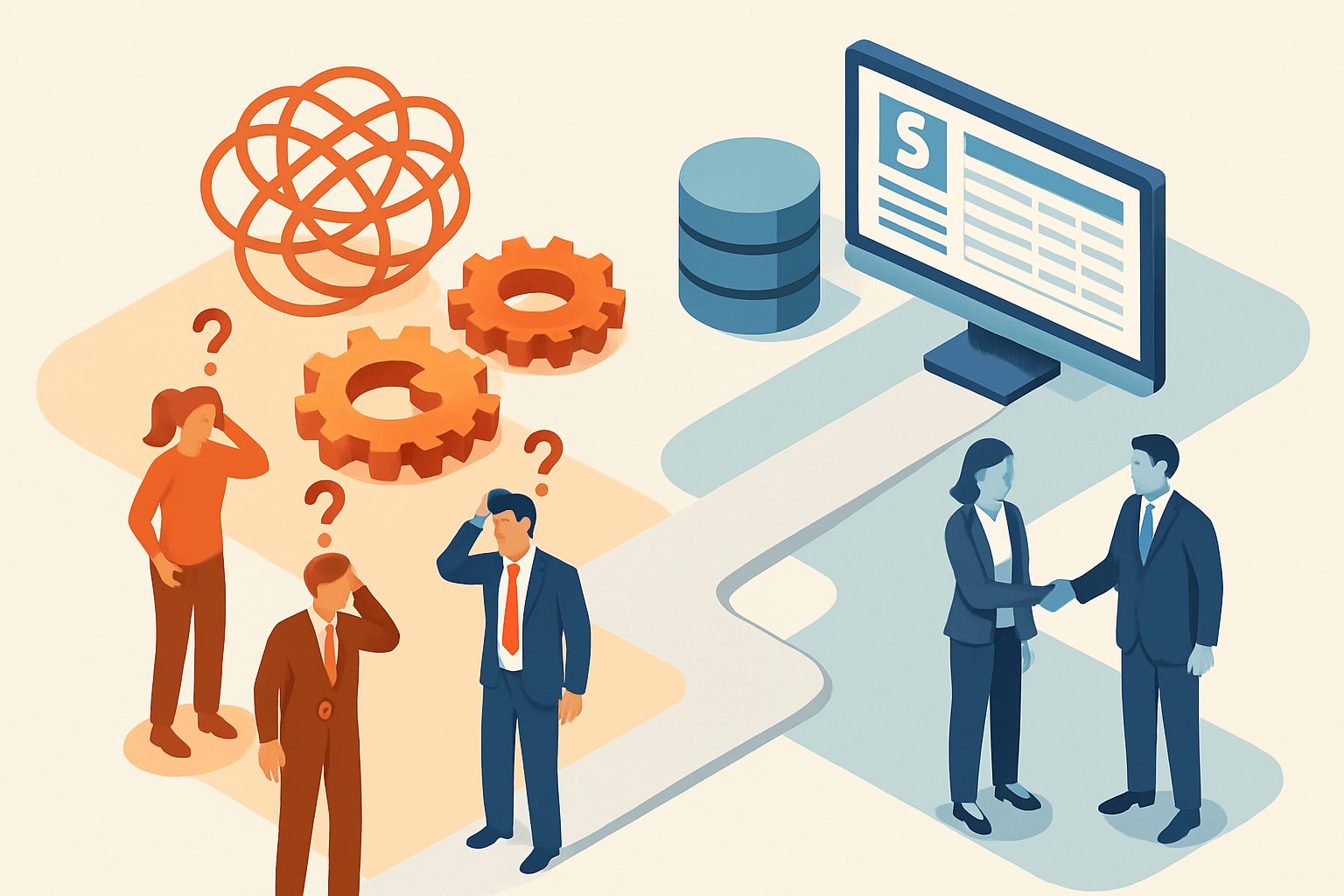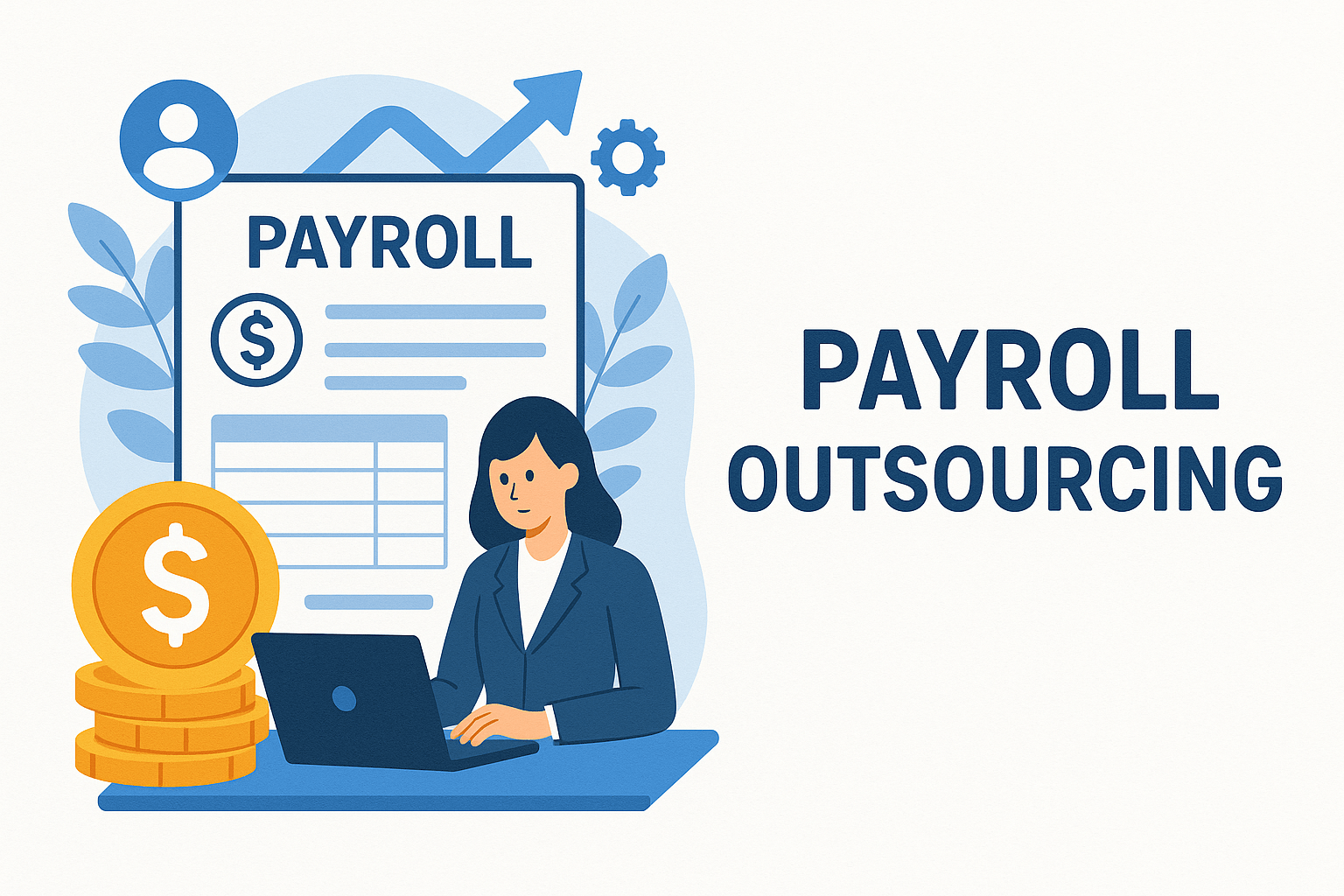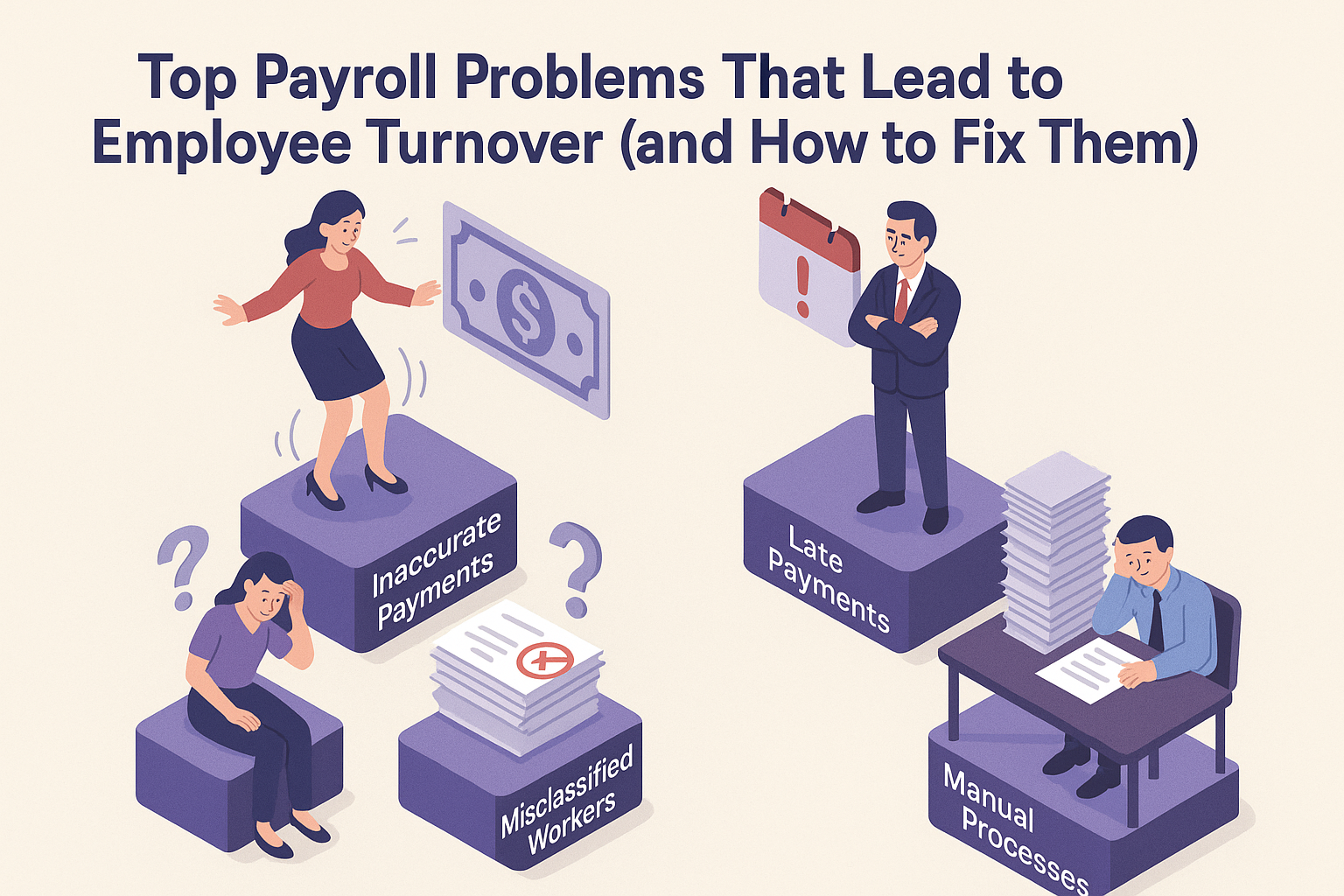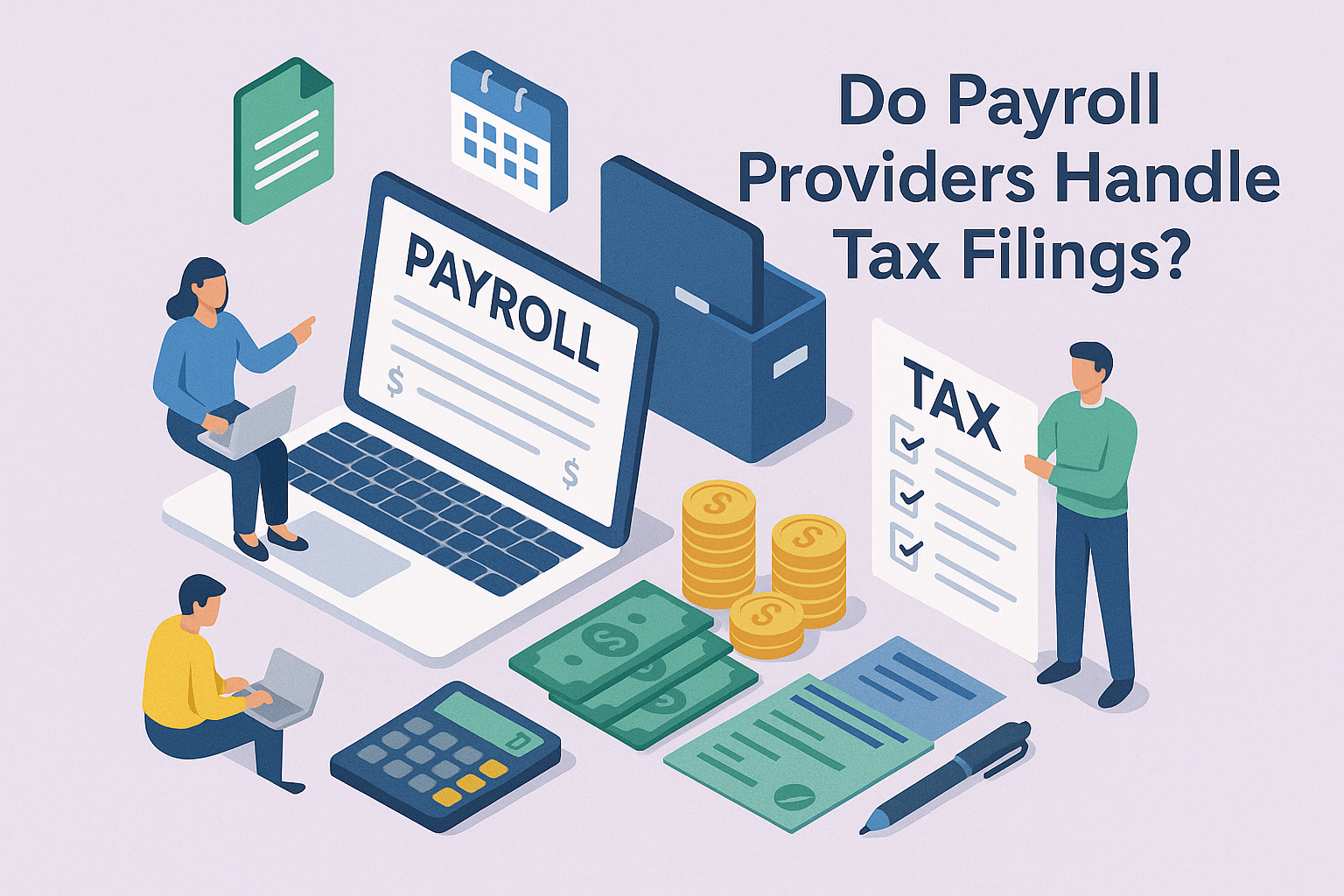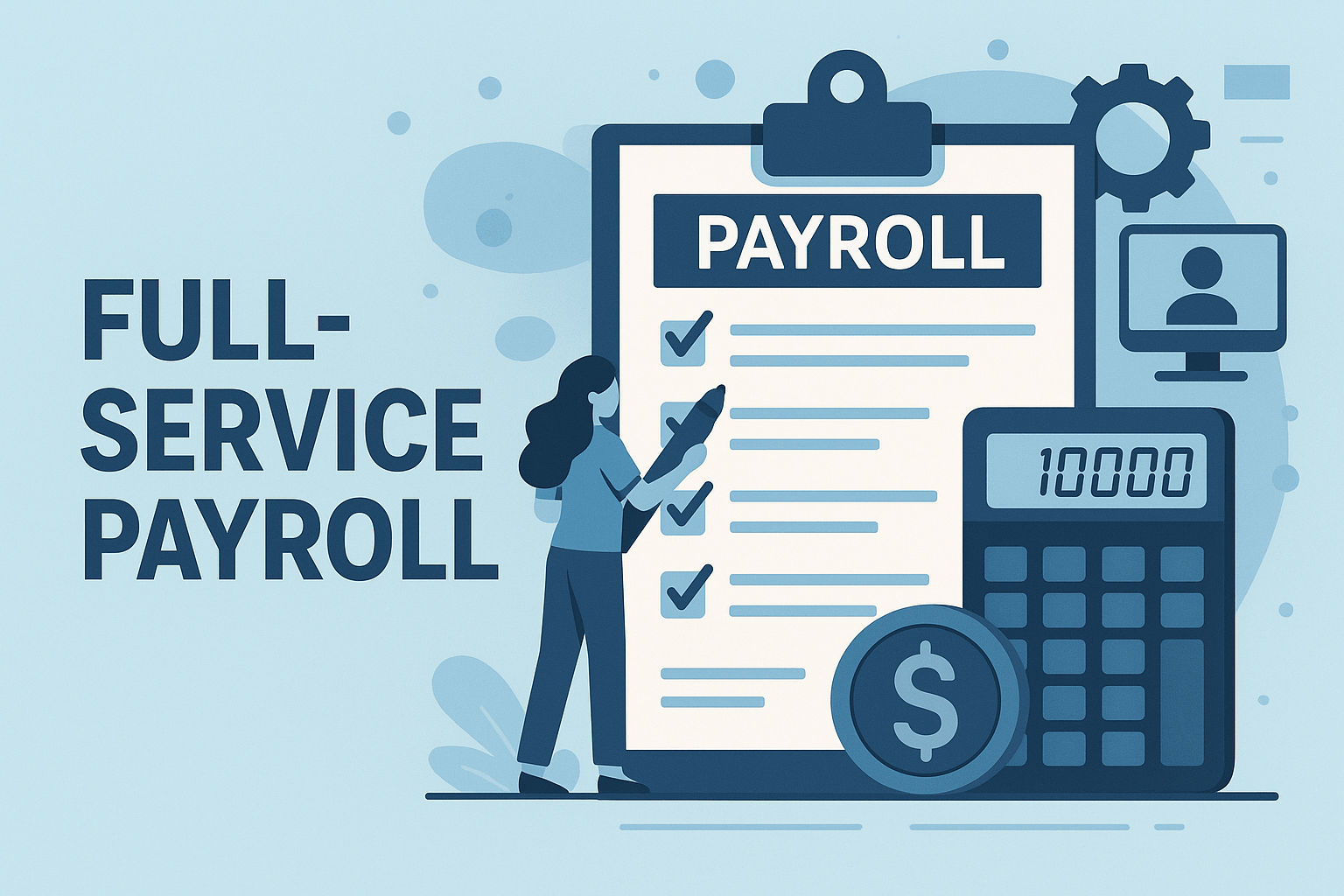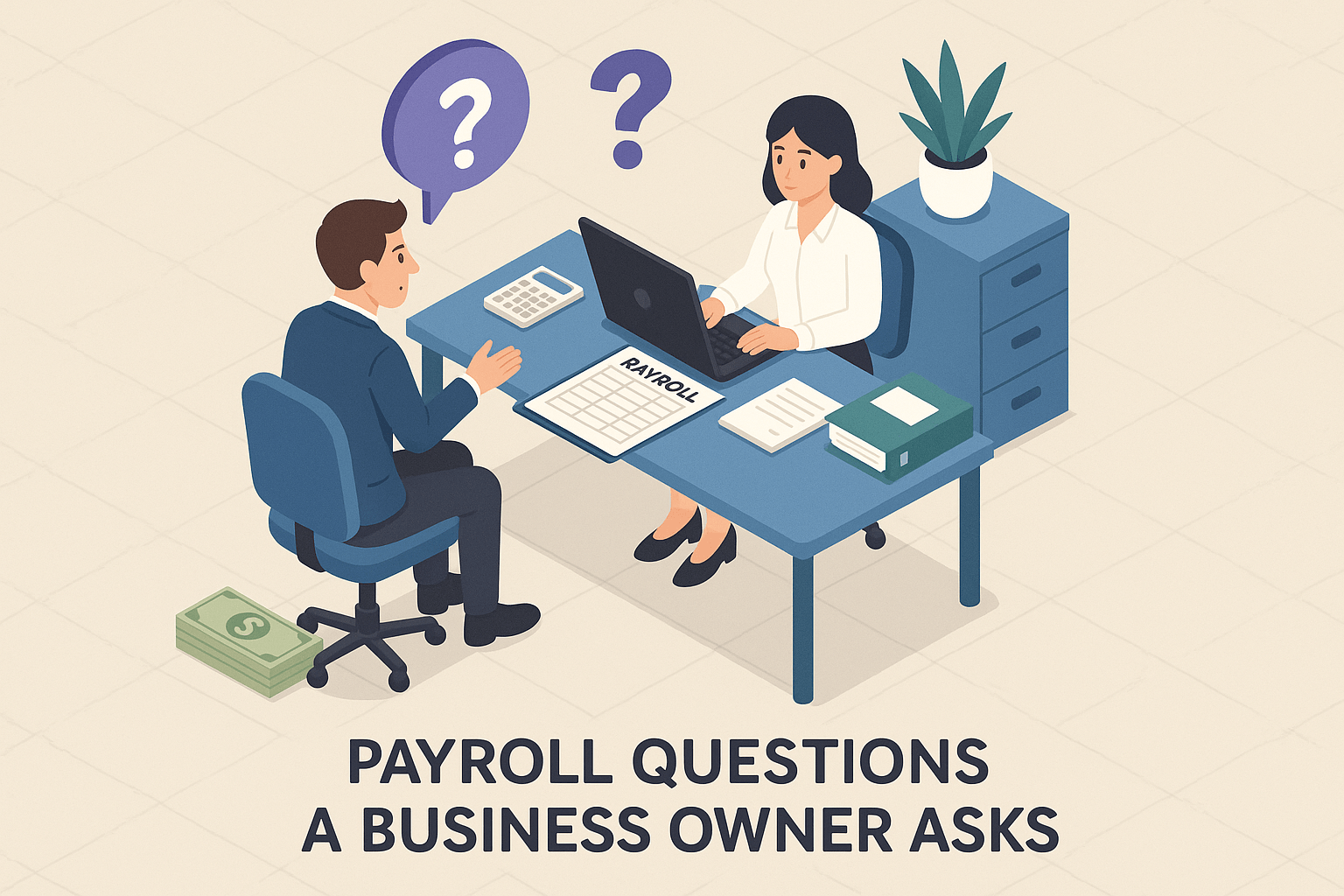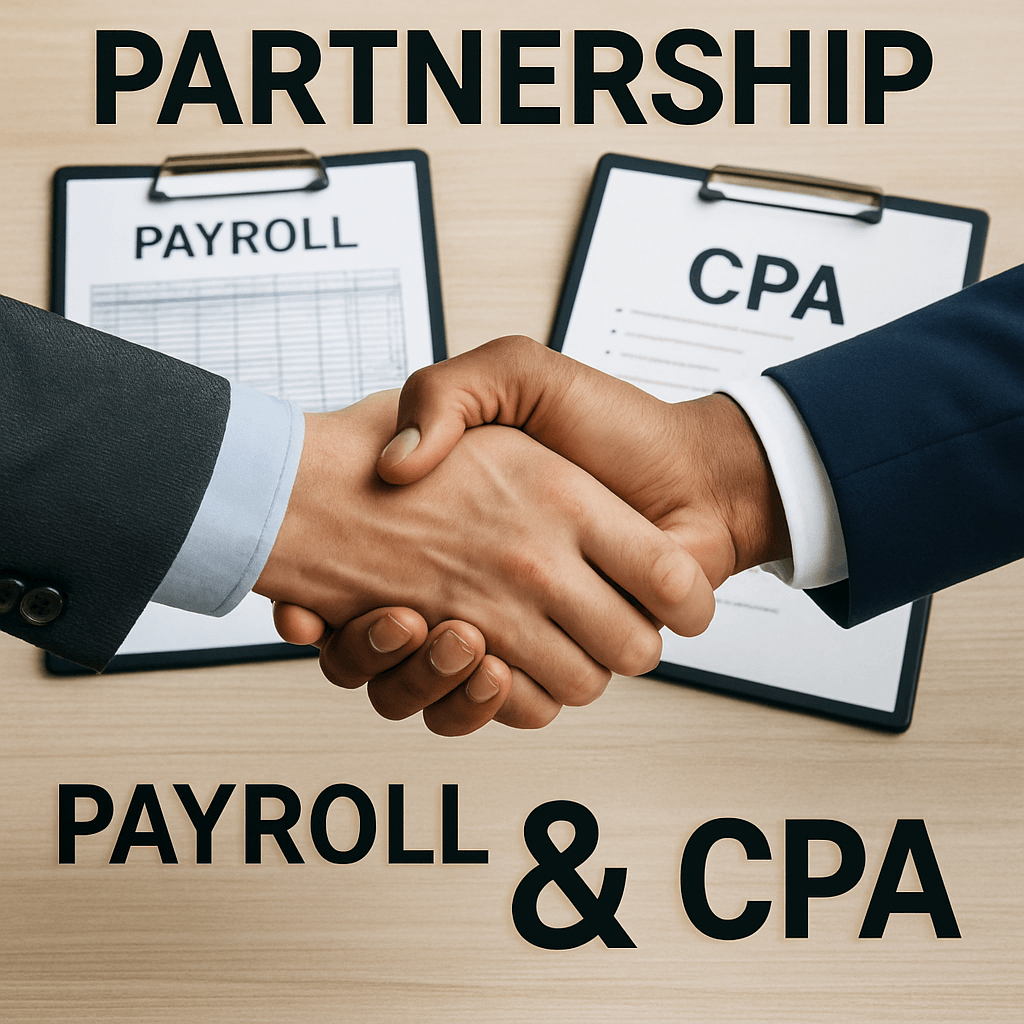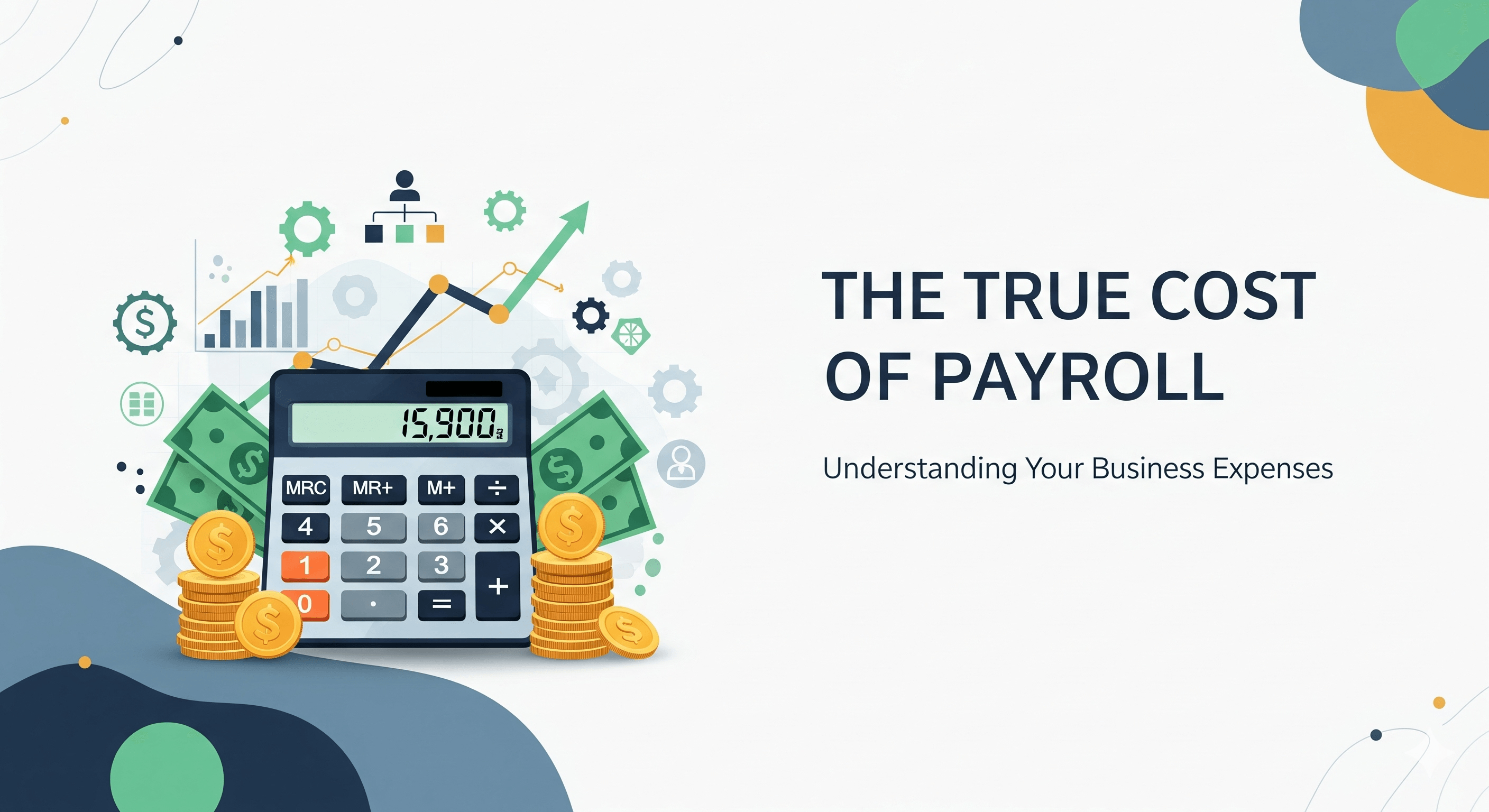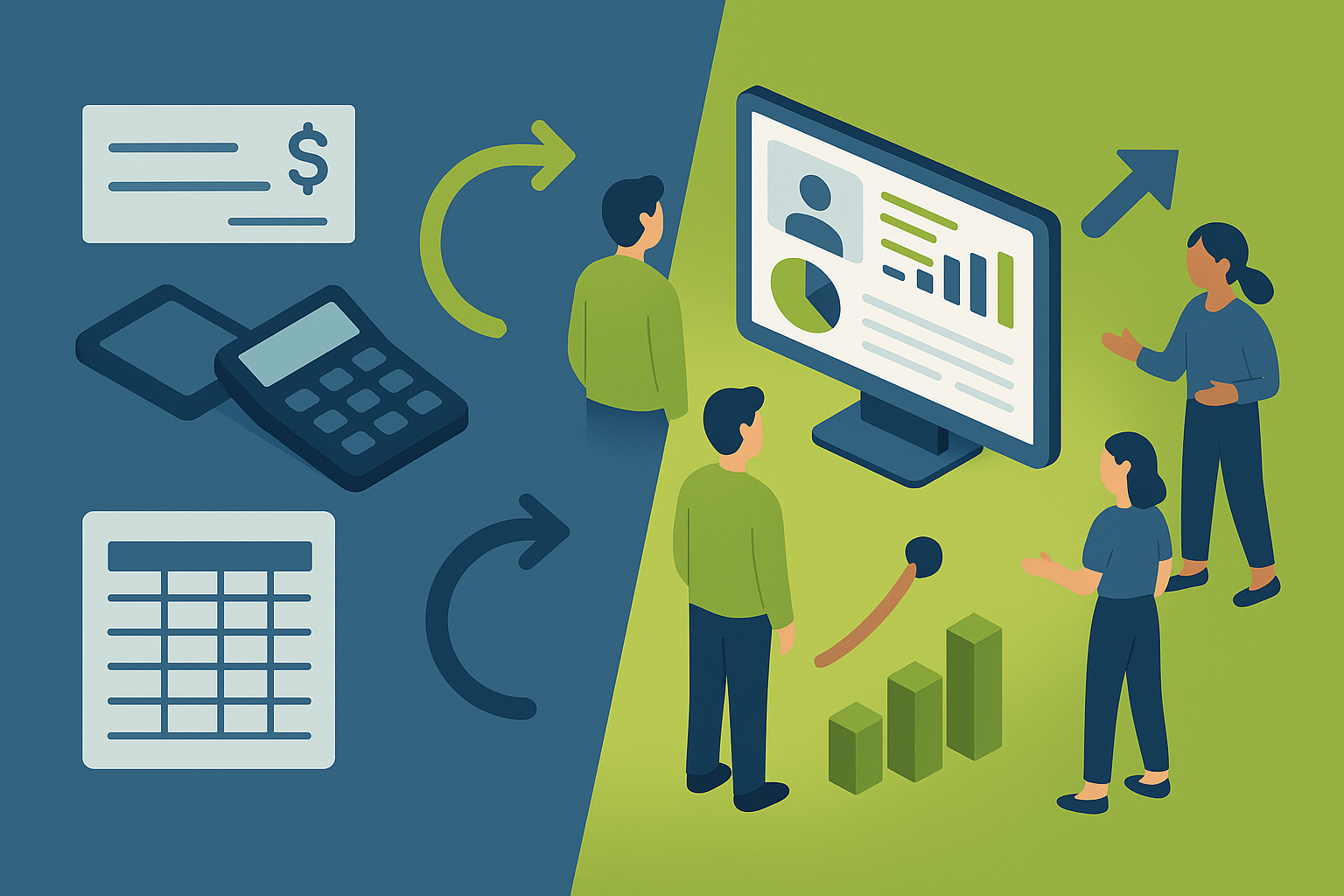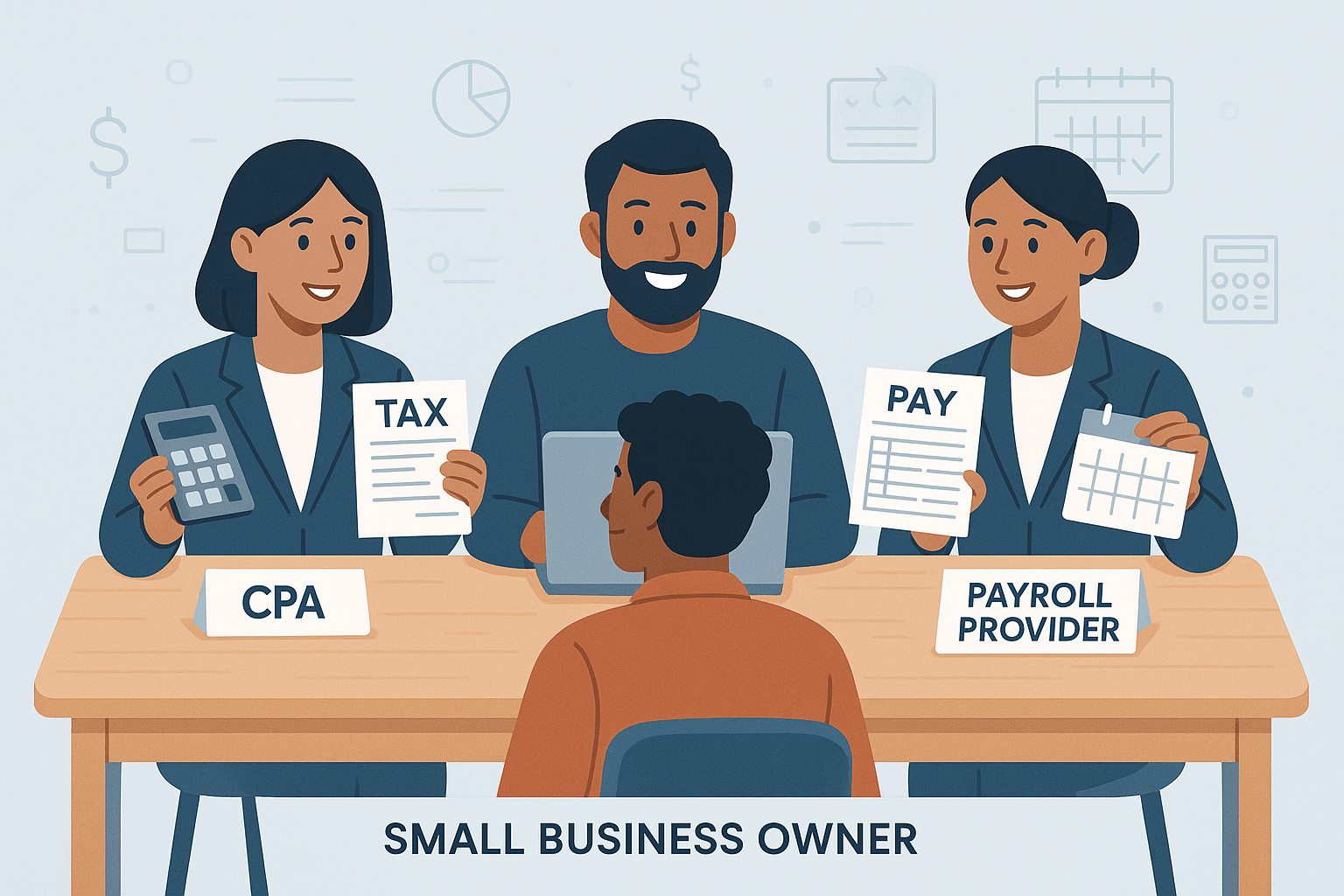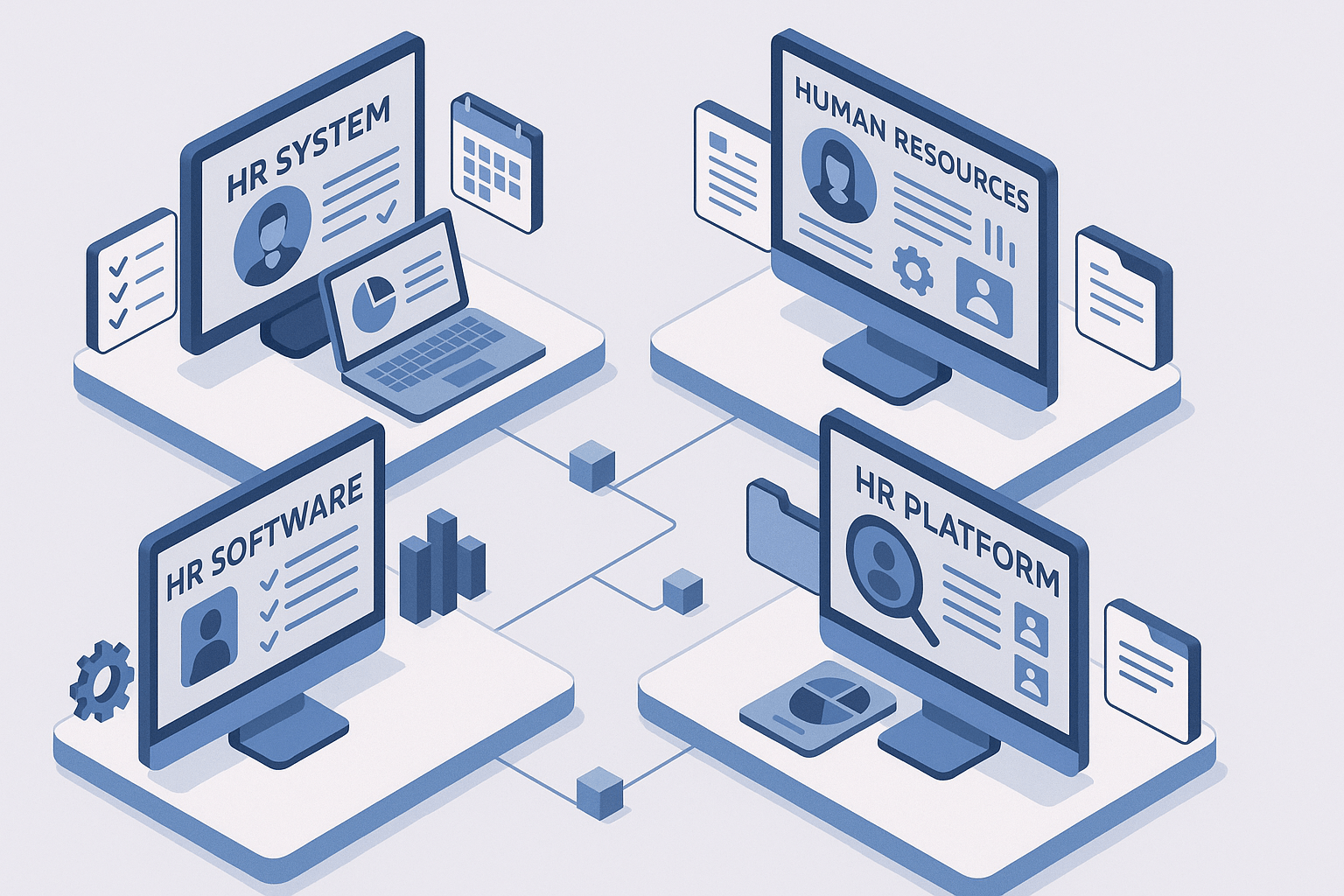
Are you struggling to keep pace with evolving payroll and HCM technology? You're not alone. For many business owners, payroll has transformed from a routine task into a complex process at the forefront of technological innovation.
While payroll might not be the most glamorous aspect of running a business, it's undoubtedly crucial. As we delve deeper into the digital age, the payroll landscape is rapidly changing. This article explores five key trends shaping the future of payroll and their implications for businesses and employees.
At Lift HCM, we recognize the importance of efficient payroll systems. We've witnessed how outdated systems can hinder companies. We'll guide you through these trends, helping you navigate the opportunities and challenges they present. By the end, you'll be equipped to stay ahead of the curve and future-proof your payroll processes.
Table of Contents
- Why Cloud-Based Payroll Systems Are the Future of Payroll Management
- How Artificial Intelligence and Machine Learning Are Transforming Payroll
- Real-Time Payments: The New Standard in Employee Compensation
- Blockchain Technology in Payroll
- Integration Payroll with Other HR Functions For a Unified Approach
- Navigating the Future of Payroll
1. Why Cloud-Based Payroll Systems Are the Future of Payroll Management
Do you remember the days of clunky, on-premise payroll software? They’re quickly becoming a thing of the past. Cloud-based payroll systems are taking over, and for good reason. These systems offer flexibility, scalability, and accessibility that traditional software just can’t match.
With a cloud-based payroll system, your business can:
- Access payroll from anywhere with an internet connection
- Scale your solution as your company grows
- Benefit from automatic updates and improved security
Take MidCap Financial, for example. After transitioning to a cloud-based payroll system, the company experienced a 60% reduction in payroll processing time and eliminated manual data entry errors. The cloud also allowed them to manage payroll for employees across multiple states, ensuring compliance with varying tax regulations.
A report by Grand View Research predicts that the global cloud payroll software market will grow at a compound annual growth rate (CAGR) of 13.2% from 2021 to 2028. That's some serious momentum!
💡 Pro Tip: When choosing a cloud-based payroll system, make sure it includes mobile capabilities. This enables your team to manage payroll on the go and allows employees to access their pay information anytime, anywhere.
2. How Artificial Intelligence and Machine Learning Are Transforming Payroll
Artificial Intelligence (AI) and Machine Learning (ML) are no longer futuristic technologies—they're transforming payroll today. By automating tasks like data entry, these technologies reduce human error and provide predictive insights that help businesses make smarter decisions.
Here are a few ways AI and ML are making an impact in payroll:
- Automation: Automating repetitive tasks, such as timesheet data entry, reduces errors and frees up your team for more strategic work.
- Data Insights: AI can identify patterns in payroll data, helping you spot anomalies like incorrect overtime or suspicious transactions.
- Predictive Analytics: ML algorithms can forecast future payroll costs by analyzing historical data, seasonal trends, and other factors.
A Deloitte study found that 47% of companies are already using some form of AI in their HR and payroll functions, with another 30% planning to do so soon. This technology is no longer just for tech giants—it's becoming accessible to businesses of all sizes.
Advanced AI Applications in Payroll:
- Fraud Detection: AI algorithms can analyze patterns in payroll data to identify potential fraud, such as ghost employees or unusual overtime claims.
- Compliance Monitoring: ML models can keep track of changing regulations across different jurisdictions and flag potential compliance issues before they become problems.
- Predictive Analytics: AI can forecast future payroll costs based on historical data, seasonal trends, and other factors, aiding in budgeting and financial planning.
3. Real-Time Payments: The New Standard in Employee Compensation
In today’s on-demand world, waiting two weeks for a paycheck is becoming outdated. Real-time payments are emerging as the solution. This allows employees to access their earned wages immediately, rather than waiting for the end of a traditional pay period.
Benefits of real-time payments:
- Improved employee financial wellness
- Enhanced recruitment and retention tool
- Increased employee satisfaction and engagement
According to a Workforce Institute survey, 72% of employees want access to their earned wages before their scheduled payday. However, there are challenges to consider, including cash flow management and adjustments to payroll schedules.
4. Blockchain Technology in Payroll
You might know blockchain technology from cryptocurrencies like Bitcoin, but its potential applications extend far beyond that. Blockchain can provide secure, transparent record-keeping in payroll, streamline international payments, and enhance data privacy.
Some exciting possibilities for blockchain in payroll:
- Secure Transactions: Blockchain ensures data integrity, making payroll data tamper-proof.
- Faster International Payments: Reduce the time and cost of cross-border payments.
- Data Privacy: Protect sensitive payroll information through encrypted transactions.
💡 Pro Tip: Monitor blockchain developments but wait for more mature use cases before adopting the technology. It’s still evolving, and you don’t want to jump in too early.
5. Integration Payroll with Other HR Functions For a Unified Approach
Gone are the days when payroll operated in a silo, separate from other HR functions. The future of payroll is all about integration. Modern payroll systems are increasingly part of larger, comprehensive HR platforms that handle everything from time tracking to performance management.
Benefits of integrated payroll and HR systems:
- Reduced data entry and fewer errors
- Better insights through combined data analysis
- Improved employee experience with a single system for all HR needs
- Streamlined compliance management
According to a report by Technavio, the integrated HR software market is expected to grow by $2.04 billion between 2020 and 2024. This growth is driven in large part by the desire for more integrated, efficient HR and payroll processes.
The Importance of User Experience (UX): As payroll systems become more integrated and complex, the user experience becomes increasingly crucial. A well-designed UX ensures that:
- HR professionals can efficiently navigate the system and perform tasks without extensive training
- Employees can easily access their pay information, submit time-off requests, and perform other self-service tasks
- Managers can quickly approve timesheets, review payroll data, and generate reports
- The system is accessible and usable across various devices, including smartphones and tablets
A great UX not only improves efficiency but also increases user adoption and satisfaction, maximizing the return on investment in integrated HR and payroll systems.
💡 Pro Tip: When evaluating integrated HR and payroll systems, pay close attention to the reporting capabilities. The real power of integration comes from the insights you can gain by analyzing data across different HR functions.
Navigating the Future of Payroll
Remember when payroll was just about cutting checks? Those days are quickly fading. In the past, businesses struggled with outdated systems, manual processes, and compliance challenges. Today, digital transformation is streamlining payroll, automating routine tasks, and offering new levels of security and efficiency. But what does this mean for payroll professionals? Should we be worried about robots taking our jobs?
Not at all! While many routine tasks will be automated, payroll professionals' roles are evolving rather than disappearing. The future of payroll is exciting, with new technologies offering opportunities to streamline processes, reduce errors, and add strategic value to organizations. By staying informed about these trends and continuously updating their skills, payroll professionals can position themselves as vital contributors to their organizations' success.
Remember, the goal of all these technological advancements is not to replace human expertise but to enhance it. The future of payroll is one where technology handles the routine tasks, freeing up payroll professionals to focus on more strategic, value-added activities.
In this article, we have highlighted the transformative trends reshaping the payroll landscape. From cloud-based systems and AI to real-time payments and blockchain, these innovations are not just buzzwords but essential tools for modernizing payroll processes. By integrating these technologies, businesses can enhance efficiency, ensure compliance, and provide a better experience for employees.
As payroll continues to evolve, staying informed and adaptable will be key to leveraging these advancements effectively. At Lift HCM, we are committed to guiding you through this journey, ensuring your payroll operations are not only up-to-date but also strategically aligned with your business goals.
Ready to take the next step? Contact us today for tailored advice and solutions. Together, we can turn payroll into a strategic asset for your business.
Please note that this article does not cover all possible scenarios, and any discussions or viewpoints should not be considered legal advice. Readers are advised to consult with legal professionals for specific legal guidance.
.jpg?width=203&height=135&name=composition-with-book-light-bulb(1).jpg) If you are not yet ready to speak with a team member, you may find these resources helpful:
If you are not yet ready to speak with a team member, you may find these resources helpful:
Jason Noble is a seasoned expert in payroll and human capital management. With a wealth of experience in streamlining payroll processes and optimizing workforce management, Jason has successfully held key roles at leading organizations. His deep understanding of industry best practices ensures that his insights are both practical and authoritative.
Topics:



.png?width=1536&height=1024&name=Create%20a%20background%20that%20reads%2c%20How%20Long%20to%20Keep%20P%20(1).png)


